Route du Rhum 2022: Ultims Design features

Video above by Sud Ouest – Photo Route du Rhum Media / © Vincent Curutchet-Banque Populaire
Excellent article below published at Route du Rhum official web with VPLPdesigner, Xavier Guilbaud, describing main design aspects and considerations for the Foiling offshore Ultimes.
By Route du Rhum media www.routedurhum.com/en/actualite/194
The big multihulls can now fly and that enables them to be faster, but how exactly do they stay above the water? How much do they gain and what are the limits? The designer, Xavier Guilbaud from the VPLP team and some Ultim skippers reveal some figures.
Based on 2 foils
If you look at the wings of a plane, you can see the upper surface is curved and the lower surface is flat. It is this asymmetry that creates lift and allows the plane to fly. It’s a similar story with the foils which are more or less horizontal under the water. This lift is exponentially linked to speed. Xavier Guilbaud, project manager at VPLP, which designed five of the eight Ultim 32/23 lining up, explains. “In trimarans dating back to the generation of Idec Sport, foils were designed with the ability to raise half of the displacement, so the boat does not fly. Today we aim for 100%. The surface offering lift must be twice as big, but as the boat rises up and part of the foil is out of the water, they are much bigger than twice the size of those on the older multihulls.” The new foils measure around 6 metres and weigh around 400 kg each.
22 knots: take-off speed
The most recent boats like SVR Lazartigue and Banque Populaire XI take off once they reach 22 knots. Xavier Guilbaud adds, “For an older boat like Actual, it is around 28 knots. I’m talking about boat speed, as that is what determines take off. You usually need 12-14 knots of real wind to achieve this when you are at around 55° to the wind.”
4 supports for stable flight
Unlike the IMOCAs, the Ultims have more supports as class rules allow them to have foils on the rudders and daggerboard. “When flying, an Ultim rests 70% on the foil with the daggerboard and its ray wing offering 20% and the rudders (leeward float and central hull) between 10 and 15%. When reaching (the wind on the beam), it changes to more or less 90% on the foil.”
1 ray wing: key to the puzzle
Actual, formerly Macif, was originally designed with a straight daggerboard and it was with this that François Gabart shattered the solo round the world record. The Mer Concept team added a foil at the bottom, referred to as the ray wing, just before they sold the boat to Yves Le Blévec. The latter explained, “Historically, we started raising boats up by making bigger foils. That’s good. The float rises up, but to stay horizontal, you need exactly 100% of the righting moment, which is never the case. So, if you don’t want to sail counter heeled, you need to push underneath the central hull. When you have smooth sailing in the trade winds, you adjust the angle of the ray wing so that it offers lift. Once you have got the balance right, it is the pilot that regulates the heel or counter-heel by sailing higher or lower to keep the trim horizontal. One day, we understood that when reaching, when you need the maximum power, you could invert the ray wing to keep the central hull down. So you create righting moment (stiffness) artificially. It’s a bit like taking in a reef when you are still under full mainsail. The alarms sound everywhere, as that creates huge strains and you need detailed information not to go too far.”
220%, the minimum volume of the float
This percentage refers to the ratio of the volume of the float to the displacement of the boat (in litres. A boat weighing 15 tonnes = 15,000 litres). Xavier Guilbaud explains, “The boat has to continue to sail in Archimedean mode. If there is any damage to the appendage of course, but also to offer support until the foil takes over. On Idec Sport, the floats represent 260% (2.6 times the weight of the boat in litres). The most extreme is SVR, with 220%, the minimum allowed by Ultim 32/23 rules.”
3 metre high waves, it’s not that simple…
The incredible pictures of an Ultim in a big swell while remaining horizontal above the water make us dream, but there are limits, as Armel Le Cléac’h tells us. “Until you reach 3m high waves, you can fly perfectly. Above that, it depends on the characteristics of the sea. In cross seas, the boat does not behave in the same way. Above 3 metres, you can partly fly in a hybrid mode.” Such conditions allow the older generation of boats to do well in comparison. “When the wind is above 25 knots, the performance of the various generations is similar,” confirmed Xavier Guilbaud. “Below 25, the newer boats have a huge advantage, especially upwind. In 15 knots, Idec Sport can only get up to 22 knots, while the others are at 28 or 30. Downwind, they have a gain in terms of the angle of around 10° from the wind, which is very useful in the trade winds.”
26 shapes tested on the Edmond de Rothschild maxi
The Edmond de Rothschild maxi designed in 2016 by Guillaume Verdier, was the first trimaran to attempt to fly completely. Winner of all the races for the past three years and the reference, they nevertheless changed her foils before the Route du Rhum Destination Guadeloupe, as Charles Caudrelier explains. “We were planning to build new foils back in 2020. With Franck (Cammas), we tried different shapes without managing to do better than with the old ones with which we had won the Finistère Atlantique that year. We saw however that the new Ultim boats had progressed a lot. We decided to fit the new shapes that we successfully trialled during the Lorient 24-hour race.” When Charles joined the team, the code name for the foils was K 61. These new ones are K 87. 26 shapes have been tried and tested to attempt to boost performance. Charles, one of the favourites in the Ultim category added, “We modified the K 61 four times since fitting them aboard the boat. With these new appendages, we take off sooner. They perform better upwind and at high speed, as there is less cavitation. At the same time, it is still equally possible to adjust them, which is essential when you are sailing solo.”


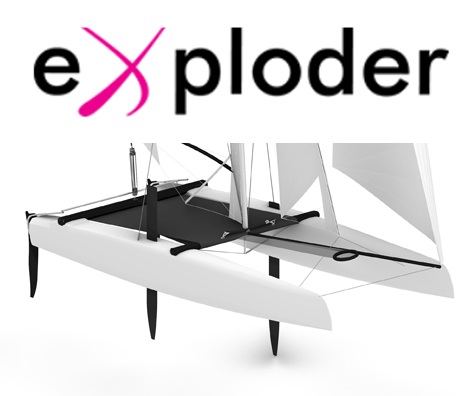
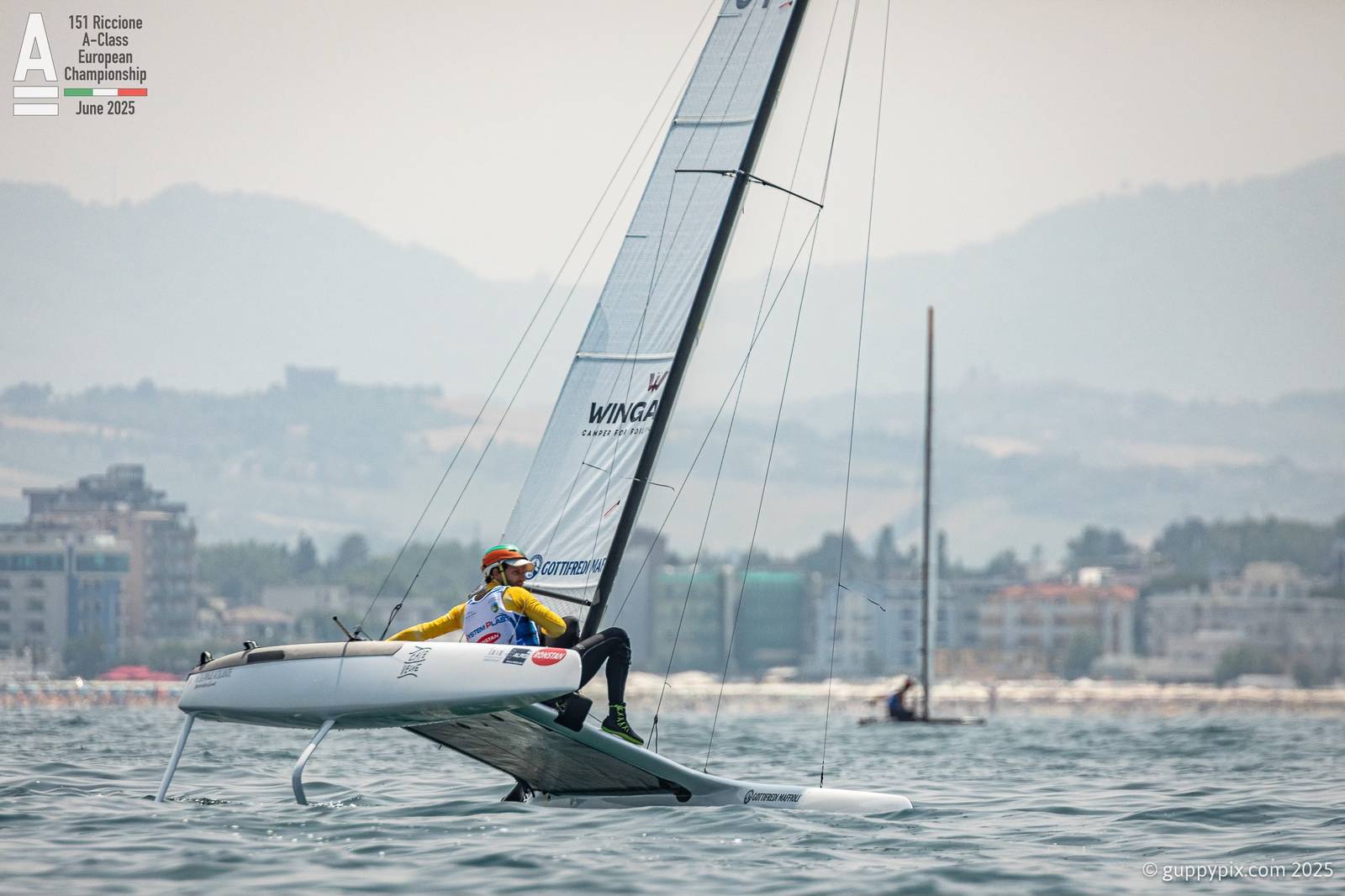
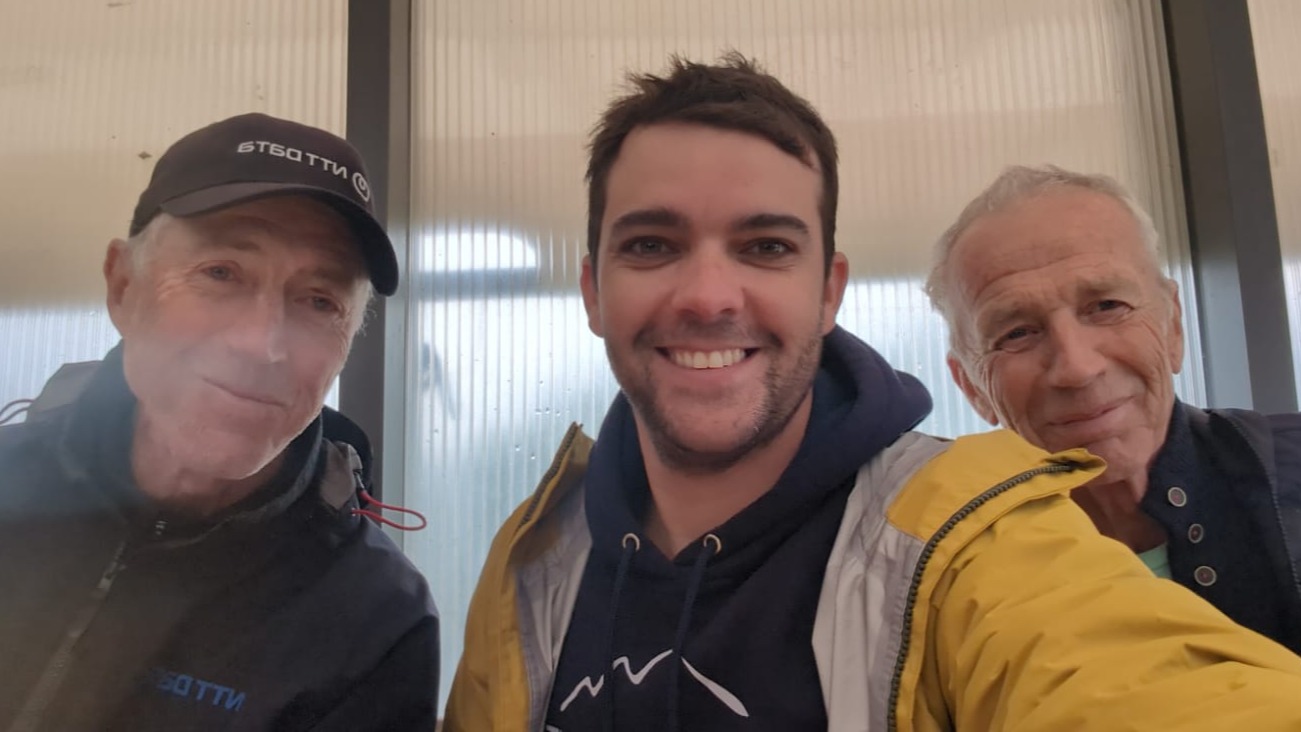
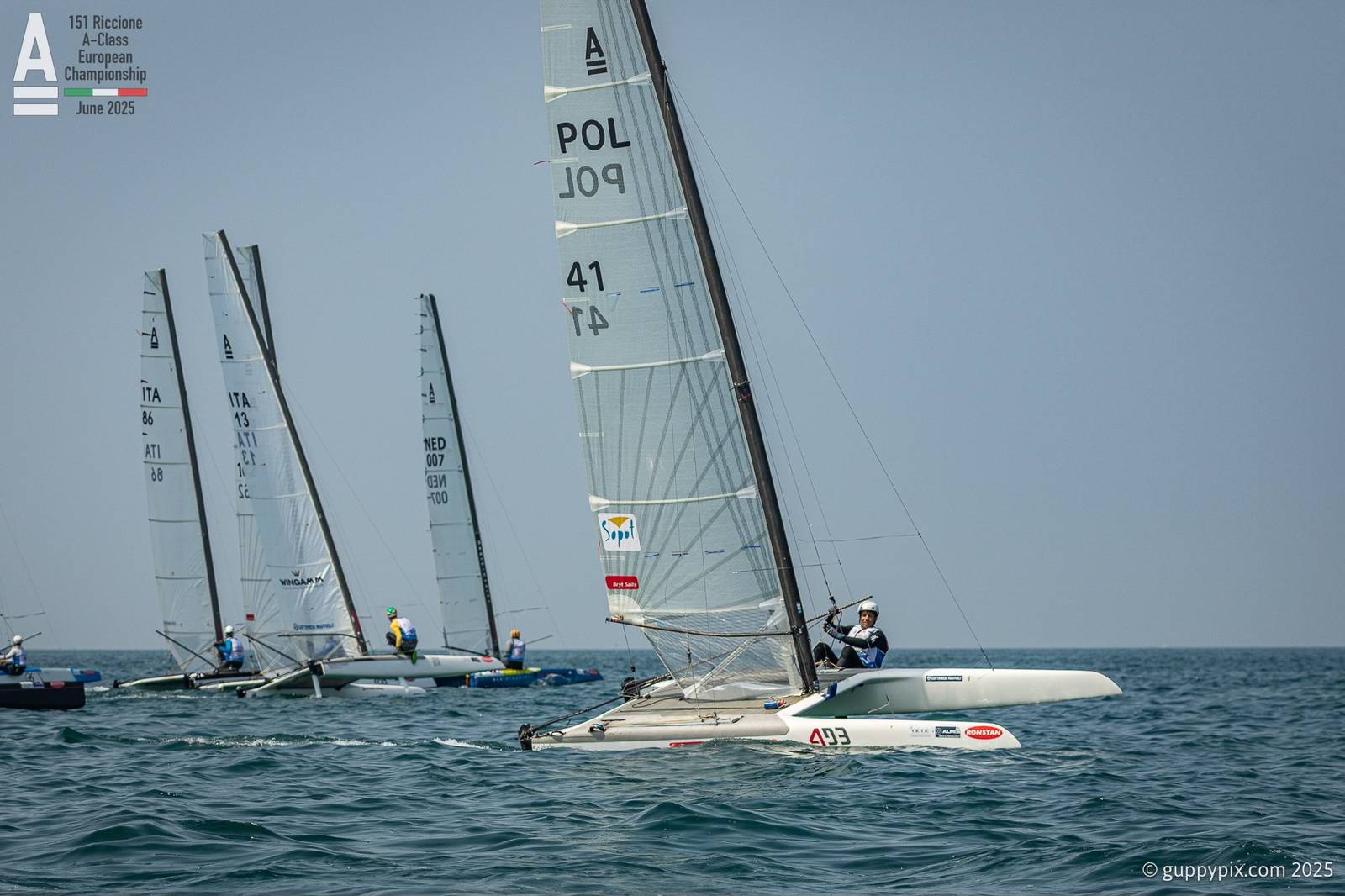
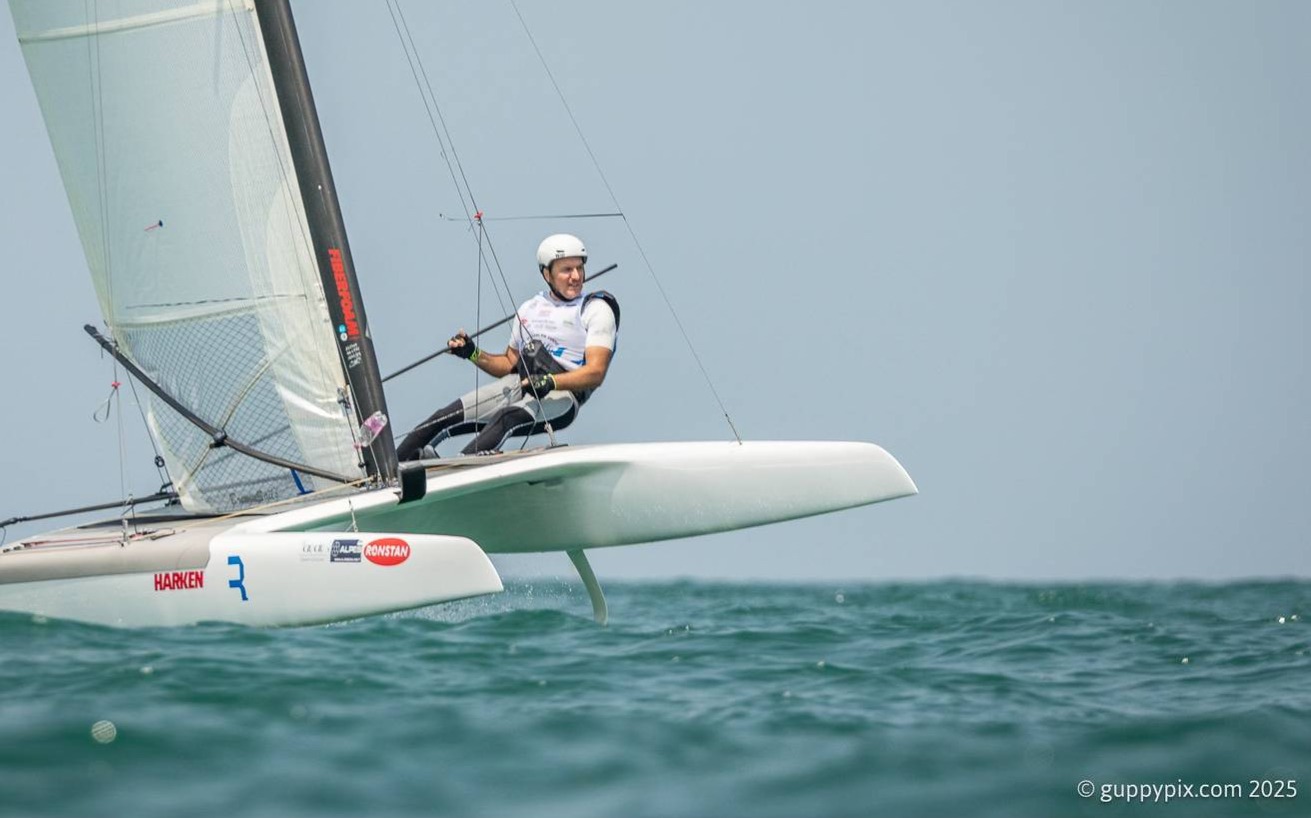
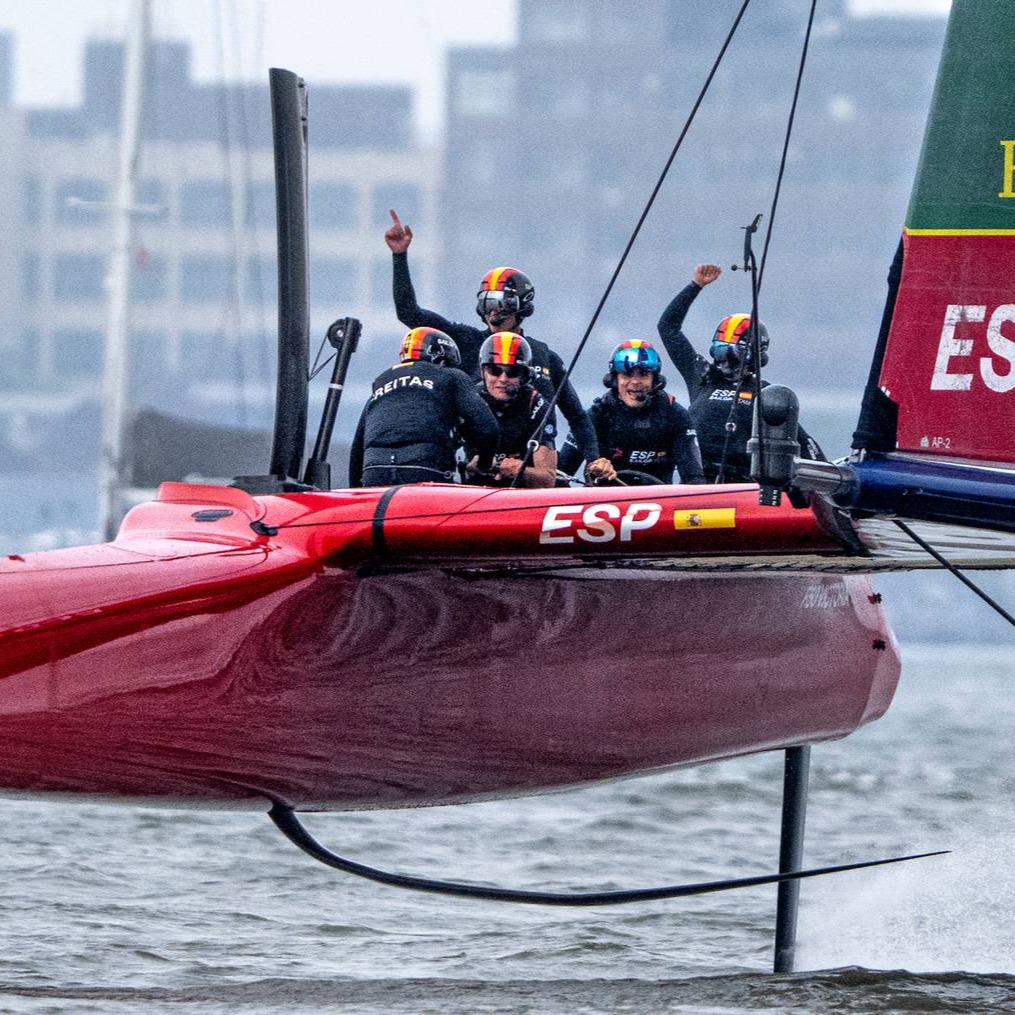
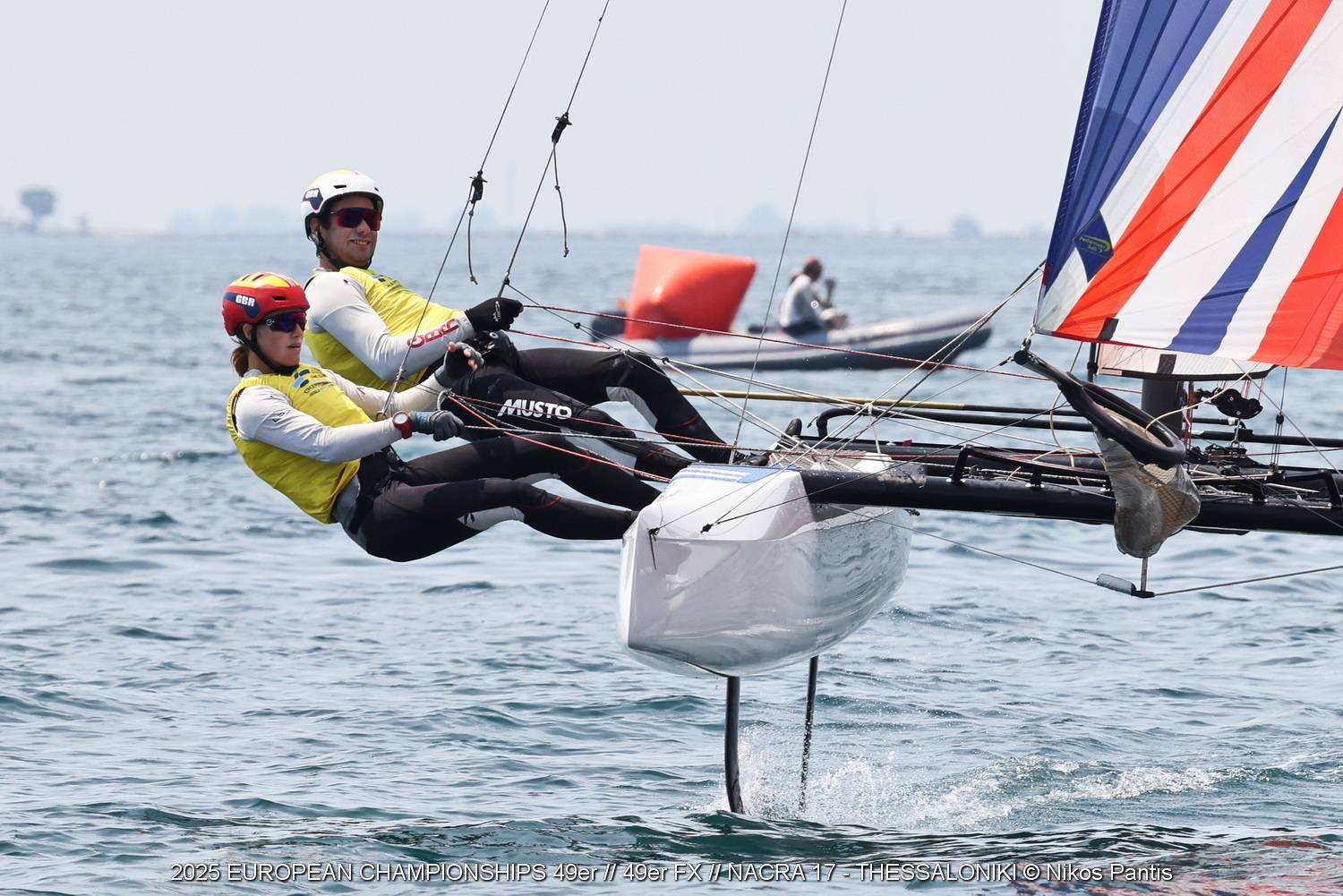
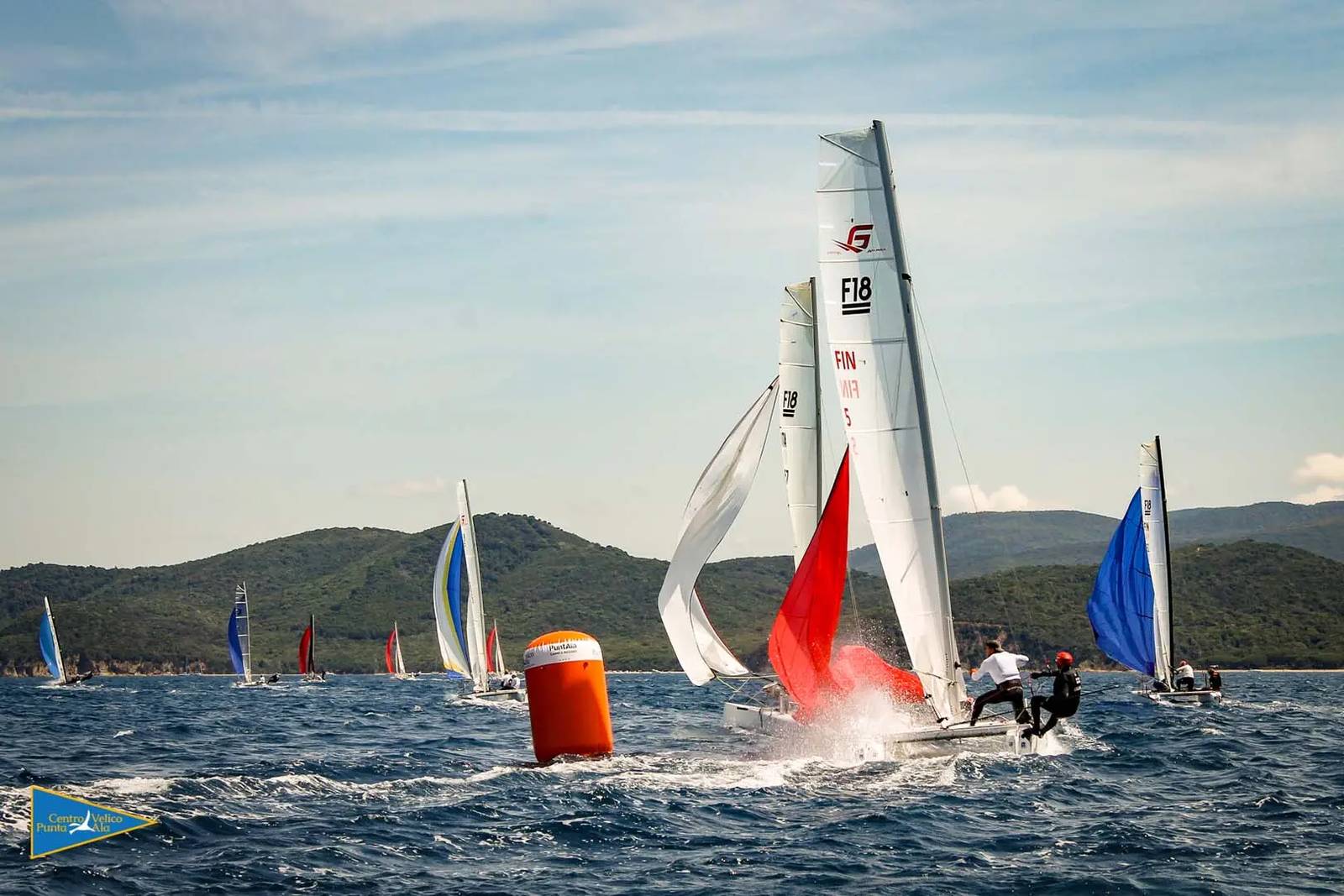
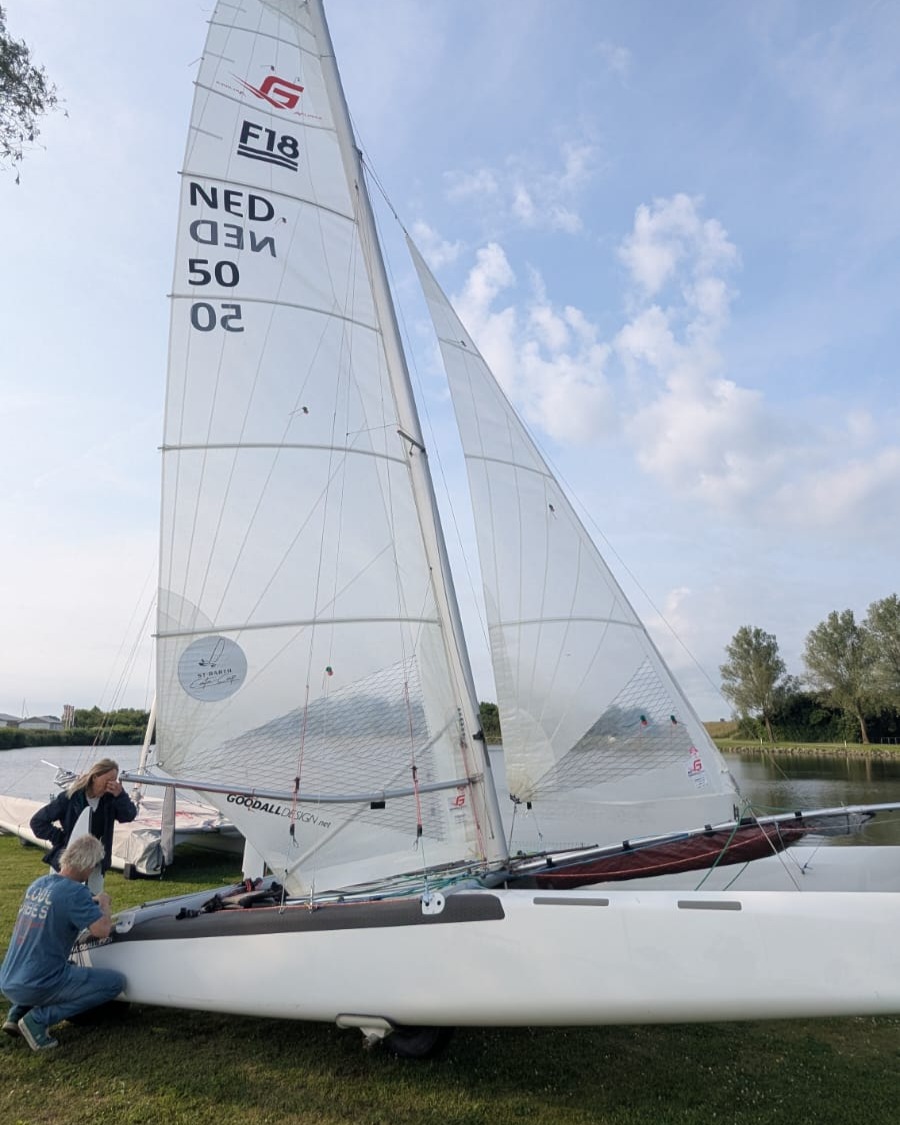
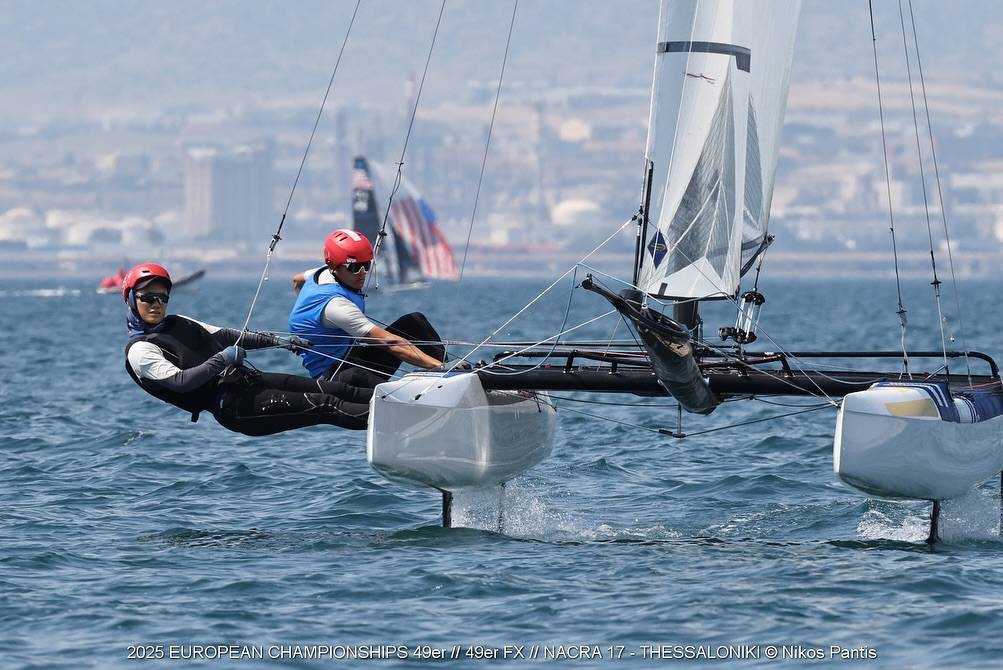



















Teo di Battista , 3° of Classic using Exploder Ad3 2016 version instead Scheurer .
I just heard that my great sailing friend and former CEO of Hobiecat Europe has passed. May The endless oceans…
...Report was sent by an F18 Sailor, if you want Hobies reported send your own, we'll publish as usual. Cheers.
Looks like in your report the Hobies are not really present. Suggest to rewrite the article.
Thanks for the great report Wik. Great battle.